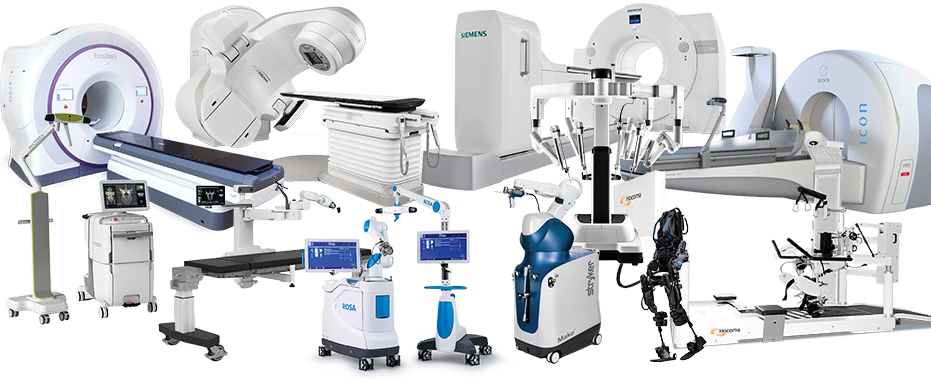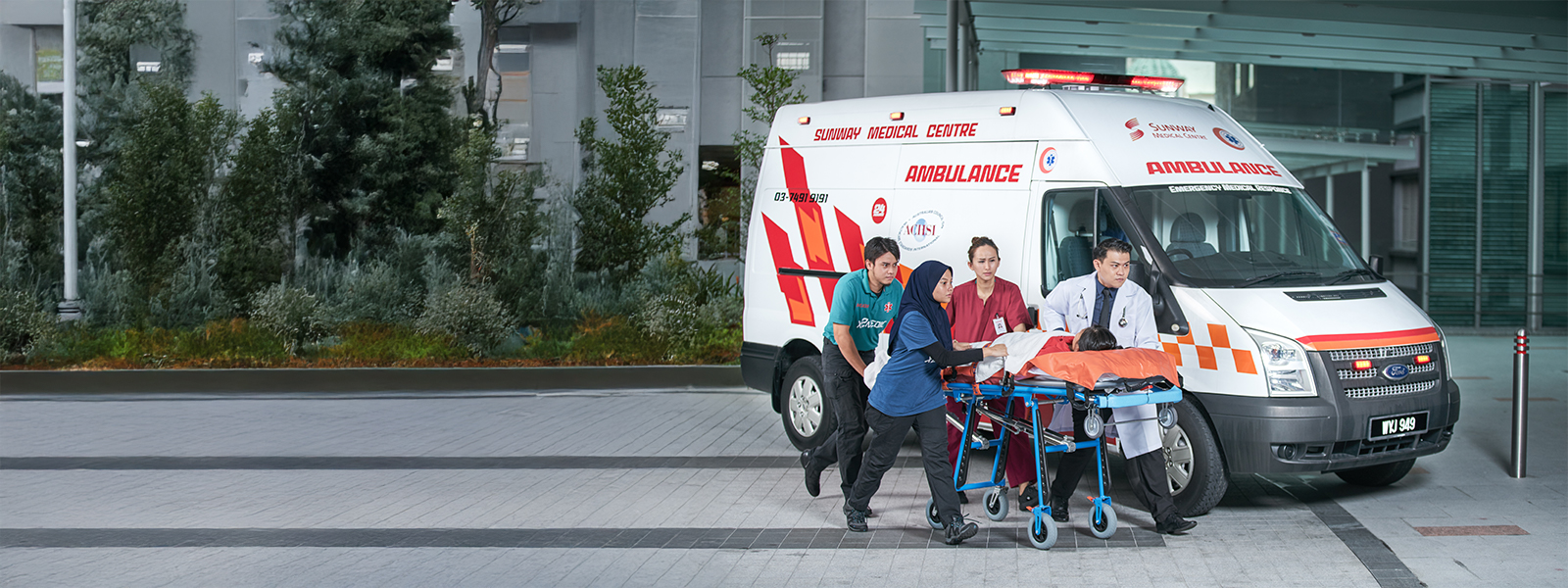




值得信赖的医疗专业知识,保障您家人的健康和福祉。
双威医疗中心成立于1999年11月,是一家获得澳大利亚国际医疗保健标准委员会(ACHS)和马来西亚健康品质协会(MSQH)认证的私立医院。双威医疗中心坐落于可持续发展的智能双威城,周围环绕着一个生态系统,旨在激励子孙后代构建一个健康、安全、互联互通的社会。医院周边的设施包括双威度假酒店及水疗中心、双威金字塔购物中心、双威水上乐园、双威大学和莫纳什大学,步行即可到达。
了解更多关于我们的信息
您的健康是我们的首要任务。凭借全面的医疗服务、先进的技术和设施以及我们专业的团队,我们致力于为您和您的亲人提供最高标准的治疗和护理。
医疗程序
医学专科
卓越中心
持牌床位
重症监护病房床位
手术室
导管室
血液透析室
合格护士
事故与急救
有执业权的医生
停车位,包括代客泊车
放射科、诊断科、实验室、血库和药房服务
儿童急救
订阅我们的时事通讯,了解健康提示、最新资讯和独家促销信息。